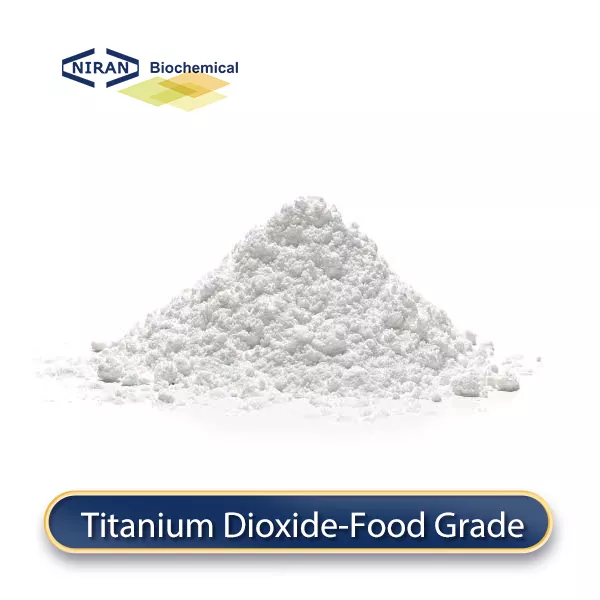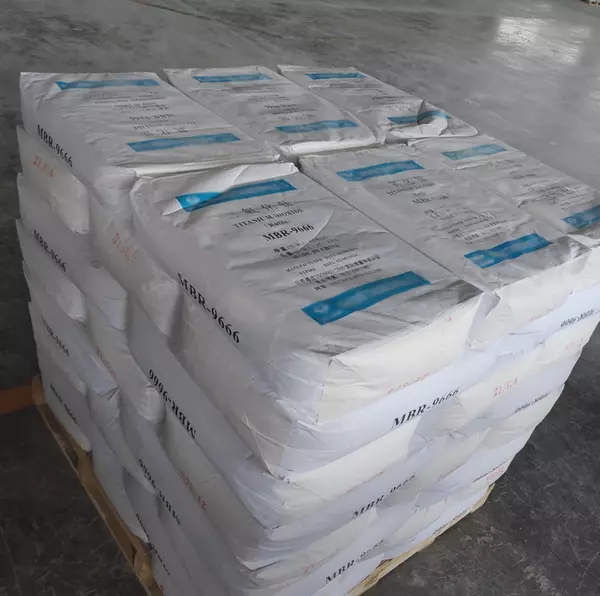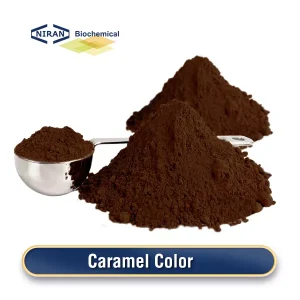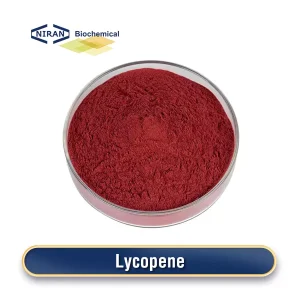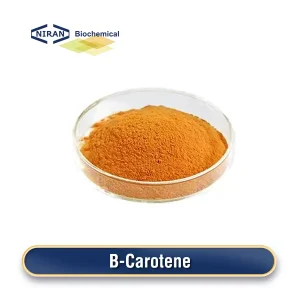What is Titanium Dioxide-Food Grade?
Food-grade titanium dioxide is a white powder widely used in food, cosmetics and medicines as a colorant and whitening agent. It has excellent hiding power and chemical stability, can provide bright white, and enhance the brightness of other colors.
Titanium dioxide is commonly used in food in candies, dairy products and baked products to help improve the appearance. It is considered safe and harmless to the human body within the prescribed range of use.
The sulfuric acid method and the chlorination method are the two main techniques used to prepare food-grade titanium dioxide. The sulfuric acid method generates titanium sulfate by reacting with sulfuric acid, and then converts it into titanium dioxide. The process is mature but energy consumption is high.
The chlorination method generates titanium chloride by chlorination reaction and then converts it into titanium dioxide. This method has higher product purity and production efficiency, and the by-product treatment is relatively simple.
In China, the chlorination method has become the mainstream preparation process. Because it can produce high-quality titanium dioxide and is relatively energy-saving and environmentally friendly, many large production companies use this method to meet market demand.
Recommended dosage:
| Food name | Maximum usage(g/kg) |
| Fruit juice drinks | 0.05 – 0.2 g/kg |
| Dairy products | 0.1 – 0.3 g/kg |
| Candy | 0.2 – 0.5 g/kg |
| Chocolate | 0.1 – 0.3 g/kg |
| Seasonings | 0.1 – 0.3 g/kg |
| Sauces | 0.1 – 0.5 g/kg |
| Bread | 0.1 – 0.2 g/kg |
| Biscuits | 0.1 – 0.3 g/kg |
| Cream | 0.1 – 0.3 g/kg |
| Soy sauce | 0.2 – 0.5 g/kg |
| Spice | 0.1 – 0.2 g/kg |
| Cheese | 0.1 – 0.2 g/kg |
Titanium Dioxide-Food Grade has a wide range of uses
- Coloring: Titanium dioxide is a white pigment that can effectively provide a pure white color to food. It is often used to color foods such as candies, cakes, and dairy products to make their colors brighter and more uniform.
- Brightening and hiding: Titanium dioxide has a high hiding power and can cover up unevenness or unsightly parts of other colors in food, making the food look more consistent and attractive.
- Improving texture: In some foods, titanium dioxide can improve the texture of food and make it smoother. For example, titanium dioxide may be used in some dairy products or frosting to achieve this effect.
- Preventing discoloration: Titanium dioxide can effectively block light and oxidation, thereby reducing the risk of discoloration or fading of food during storage.
User asked question:
Q: Why are there alternatives to food-grade titanium dioxide?
A: Food-grade titanium dioxide is widely used in food due to its superior coloring and hiding power, but due to health and environmental issues, many manufacturers are looking for natural or healthier alternatives.
Natural plant-based colorants such as white carotene powder and white pumpkin powder provide natural white options, while natural mineral pigments such as talc and barium sulfate can also be used as alternatives, but their use must comply with food safety standards.
In addition, emulsifiers such as gelatin and modified starch can also provide a certain white effect and improve food texture. The safety, affordability, and effect on food quality of substitutes should all be taken into account.

